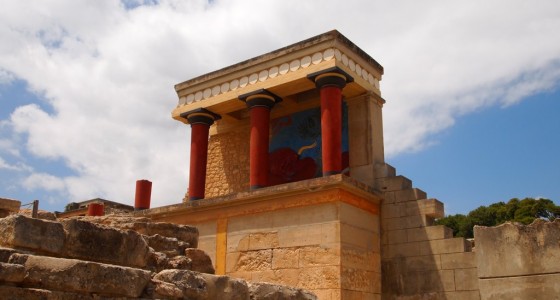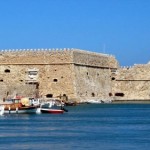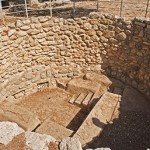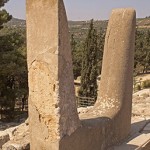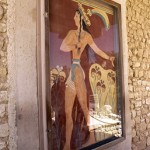The Palace of Knossos was the monumental symbol of Minoan civilization and culture, due to its construction, use of luxury materials, architectural plan, advanced building techniques and impressive size. It was built gradually between 1700 and 1400 BC, and was discovered in 1878 by Minos Kalokerinos and excavated by Sir Arthur Evans in 1900s.
The intricate Palace of King Minos is the the largest and the most spectacular of all the Minoan palatial centres. The 20,000 square meters slowly unfold before you in a labyrinth-like pattern of 1200 rooms, at the center of which there is an enormous courtyard. Colorful friezes and frescoes, figures and paintings on plaster, many of which have been restored to their former beauty, fill the walls of the palace and exhibit life from this era, while varying pictures from animals and people to gods and various ceremonies depict an advanced and sophisticated society. The variety of building materials used and the marble revetment show an advanced level of technology. This is also demonstrated by some architectural and structural features, such as the light-wells and the complex drainage and water-supply systems.You will see the Corridor of the Procession, the Horns of Concecration, the Queen’s Boudoir (complete with one of the earliest known flushing toilet systems) and you will hear the Legend of the Minotaur and the Bull Dancers.
Leaving the Palace you are taken into Heraklion at the region of Pateles where you can visit the open market known as the “gipsy market” where you can find everything like vegetables, fruit, clothes, shoes and many more in really cheap prices. The atmosphere feels oriental and the screams of the vendors amuses whoever passes.
We then proceed to the Historical center of Heraklion with the Loggia and the Morosini fountain at the “Lions’Square”. You have enough free time for shopping and lunch before you are taken back to your hotels.

